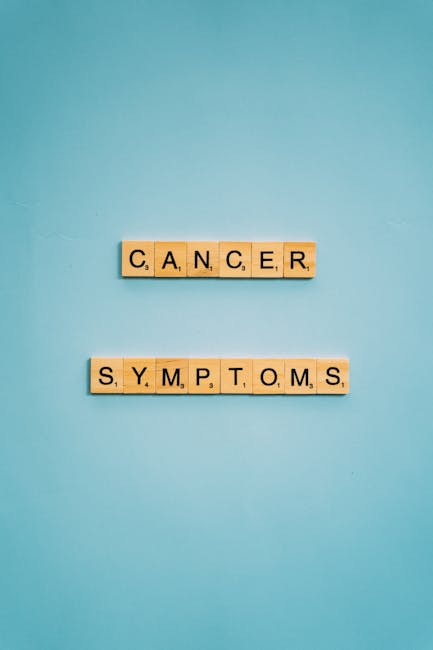Vaping Lung Disease: Understanding the Risks, Symptoms, and Prevention
The rise in popularity of vaping has unfortunately been accompanied by a concerning increase in cases of vaping-associated lung injury (VALI), commonly known as vaping lung disease. This serious condition can cause significant damage to the lungs and, in some cases, even lead to death. Understanding the risks, symptoms, and prevention strategies is crucial for protecting your respiratory health.
What is Vaping Lung Disease (VALI)?
Vaping lung disease encompasses a range of respiratory illnesses linked to the use of e-cigarettes and vaping products. While the specific mechanisms are still under investigation, it’s understood that inhaling the various chemicals and substances in vaping liquids can trigger inflammation and damage in the lungs. This damage can manifest in various ways, from mild irritation to severe and life-threatening conditions.
A significant milestone in understanding vaping lung disease was the identification of EVALI (e-cigarette or vaping product use-associated lung injury) outbreak in 2019. This outbreak highlighted the serious health risks associated with vaping, particularly those containing tetrahydrocannabinol (THC) and vitamin E acetate. While the specific causes of EVALI may have changed over time, the overarching message remains clear: vaping carries significant health risks.
Causes of Vaping Lung Disease
The exact causes of vaping lung disease are complex and not fully understood. However, research has identified several contributing factors:

- Harmful chemicals in e-liquids: E-liquids often contain various chemicals, including nicotine, flavorings, and solvents. Many of these chemicals are known irritants and can damage lung tissue.
- Vitamin E acetate: This thickening agent, commonly found in THC-containing vaping products, has been strongly linked to EVALI outbreaks. It appears to cause significant lung damage when inhaled.
- Heavy metals: Some vaping products have been found to contain heavy metals, such as lead and nickel, which are toxic and can contribute to lung damage.
- Individual susceptibility: The severity of lung injury may also depend on individual factors such as pre-existing respiratory conditions, genetics, and the amount and frequency of vaping.
Symptoms of Vaping Lung Disease
Symptoms of vaping lung disease can vary widely in severity, ranging from mild to severe. Some common symptoms include:
- Cough: A persistent cough, often dry or producing little mucus.
- Shortness of breath: Difficulty breathing, especially during exertion.
- Chest pain: Pain or tightness in the chest.
- Wheezing: A whistling sound during breathing.
- Fatigue: Unexplained tiredness and weakness.
- Nausea and vomiting: In some cases, severe lung injury can cause gastrointestinal symptoms.
- Fever: A fever may be present, indicating infection.
If you experience any of these symptoms after vaping, seek immediate medical attention. Early diagnosis and treatment are crucial for preventing serious complications.
Diagnosis and Treatment
Diagnosing vaping lung disease involves a thorough medical history, physical examination, and imaging tests such as chest X-rays and CT scans. Blood tests may also be conducted to rule out other conditions. Treatment focuses on managing symptoms and supporting lung function. This may include:
- Oxygen therapy: To help improve breathing.
- Medication: Steroids and other medications may be used to reduce inflammation and improve lung function.
- Mechanical ventilation: In severe cases, mechanical ventilation may be necessary to assist breathing.
- Quitting vaping: Completely stopping vaping is crucial for recovery and preventing further lung damage.
Long-Term Effects of Vaping Lung Disease
The long-term effects of vaping lung disease are still being studied, but there is growing concern about the potential for permanent lung damage. Some individuals may experience persistent shortness of breath, reduced lung capacity, and an increased risk of chronic respiratory conditions such as chronic obstructive pulmonary disease (COPD). Further research is needed to fully understand the long-term consequences of vaping-related lung injury.

Preventing Vaping Lung Disease
The best way to prevent vaping lung disease is to avoid vaping altogether. If you are currently vaping, consider seeking help to quit. Several resources are available to assist with cessation, including:

- Nicotine replacement therapy (NRT): Patches, gum, lozenges, and inhalers can help manage nicotine withdrawal symptoms.
- Medication: Prescription medications, such as bupropion and varenicline, can aid in quitting.
- Counseling and support groups: Professional guidance and peer support can significantly increase the chances of successful cessation.
Conclusion
Vaping lung disease is a serious and growing public health concern. The risks associated with vaping are substantial, and the potential for long-term health consequences is significant. Avoiding vaping entirely is the safest option. If you or someone you know is struggling with vaping, seek help to quit. Your respiratory health is worth protecting.

